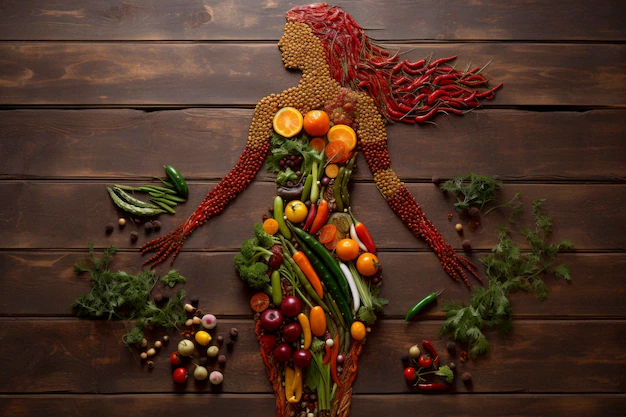Table of Contents
ToggleSustainable Organic Farming Techniques for a Greener Future
Introduction:
Sustainable organic farming techniques are becoming more important than ever as we look for ways to protect our environment and ensure long-term food security. Organic farming focuses on practices that work in harmony with nature, increase soil health, reduce the use of harmful chemicals, and increase biodiversity. In this blog post, we will explore some of the most effective and sustainable organic farming techniques that can help create a greener future for our planet. Whether you’re an experienced farmer or a beginner interested in sustainable agriculture, these methods can help you grow healthy crops while reducing your environmental impact.

Sustainable Organic Farming Techniques for a Greener Future
1. Crop rotation for soil health
Crop rotation is one of the most basic sustainable organic farming techniques. By rotating different crops throughout the season, you can prevent soil erosion, improve soil structure, and reduce the growth of pests and diseases. This technique is not only good for the soil, but also helps in maintaining the biodiversity of the farm. For example, legumes such as beans and peas fix nitrogen in the soil and enrich it for other plants that need more nitrogen.
2. Composting for nutrient-rich soil
Composting is another cornerstone of sustainable organic farming. By recycling organic waste materials such as kitchen food, yard trimmings, and farm waste, farmers can create nutrient-rich compost that improves soil structure and fertility. Healthy, balanced soil is critical to growing high-quality crops. Composting helps reduce the need for chemical fertilizers, promote sustainability and reduce environmental pollution.
3. Agroforestry and Tree Plantation
Agroforestry, the practice of integrating trees and shrubs into farming systems, is a powerful way to create more sustainable agriculture. Trees help conserve water, improve soil fertility, and provide shelter for beneficial wildlife and pollinators. Tree planting helps reduce climate change by absorbing carbon dioxide, which also contributes to carbon sequestration.
4. Integrated Pest Management (IPM)
Integrated Pest Management (IPM) is a sustainable organic farming technique that focuses on managing pests through a combination of biological, cultural, and mechanical controls rather than relying on harmful pesticides. This may include introducing natural predators such as ladybugs or using organic pesticides. IPM techniques also include regular monitoring of pest populations to detect problems early and take targeted action.
5. Cover the crop to prevent erosion
Cover cropping is the practice of planting specific crops such as clover or rye to cover the soil during the main crop cycle. These crops prevent soil erosion, suppress weeds, and add organic matter back to the soil as they decompose. Cover crops improve soil health by increasing soil organic matter and promoting water retention.

Frequently Asked Questions (FAQ):
The main objective of sustainable organic farming is to create a farming system that is environmentally friendly, socially responsible, and economically viable. It aims to conserve natural resources, reduce the use of synthetic chemicals and ensure the long-term health of land, water and ecosystems.
Crop rotation is important because it prevents soil depletion by ensuring that different crops with different nutrient requirements are grown in the same soil over time. This method helps in maintaining soil fertility, reduces pest and disease infestation, and improves overall crop yield.
Composting helps build nutrient-dense soil, reduces the need for chemical fertilizers, and reduces waste. By turning organic matter into compost, farmers can replenish the soil with nutrients needed for healthy crops and also reduce the environmental impact of landfill waste.
Yes, agroforestry can greatly increase the sustainability of your farm. By integrating trees and shrubs into your farming system, you can improve biodiversity, conserve water, enrich soil, and even provide additional sources of income from timber or fruit production. Additionally, trees help reduce wind erosion and sequester carbon from the atmosphere.
Integrated Pest Management (IPM) is a strategy that combines various pest control methods to effectively manage pest populations without relying on harmful pesticides. It helps reduce environmental pollution, protect beneficial insects and maintain a balanced farm ecosystem.
Conclusion:
Sustainable organic farming techniques are key to ensuring a greener future for agriculture and the planet as a whole. By implementing practices such as crop rotation, composting, agroforestry, integrated pest management and cover cropping, farmers can work with nature to produce healthy, high-yielding crops while protecting the environment for future generations. These practices are not just about growing food, but about cultivating systems that benefit both the land and its people. By adopting sustainable organic farming practices, we can create a healthier, more sustainable future for everyone.
